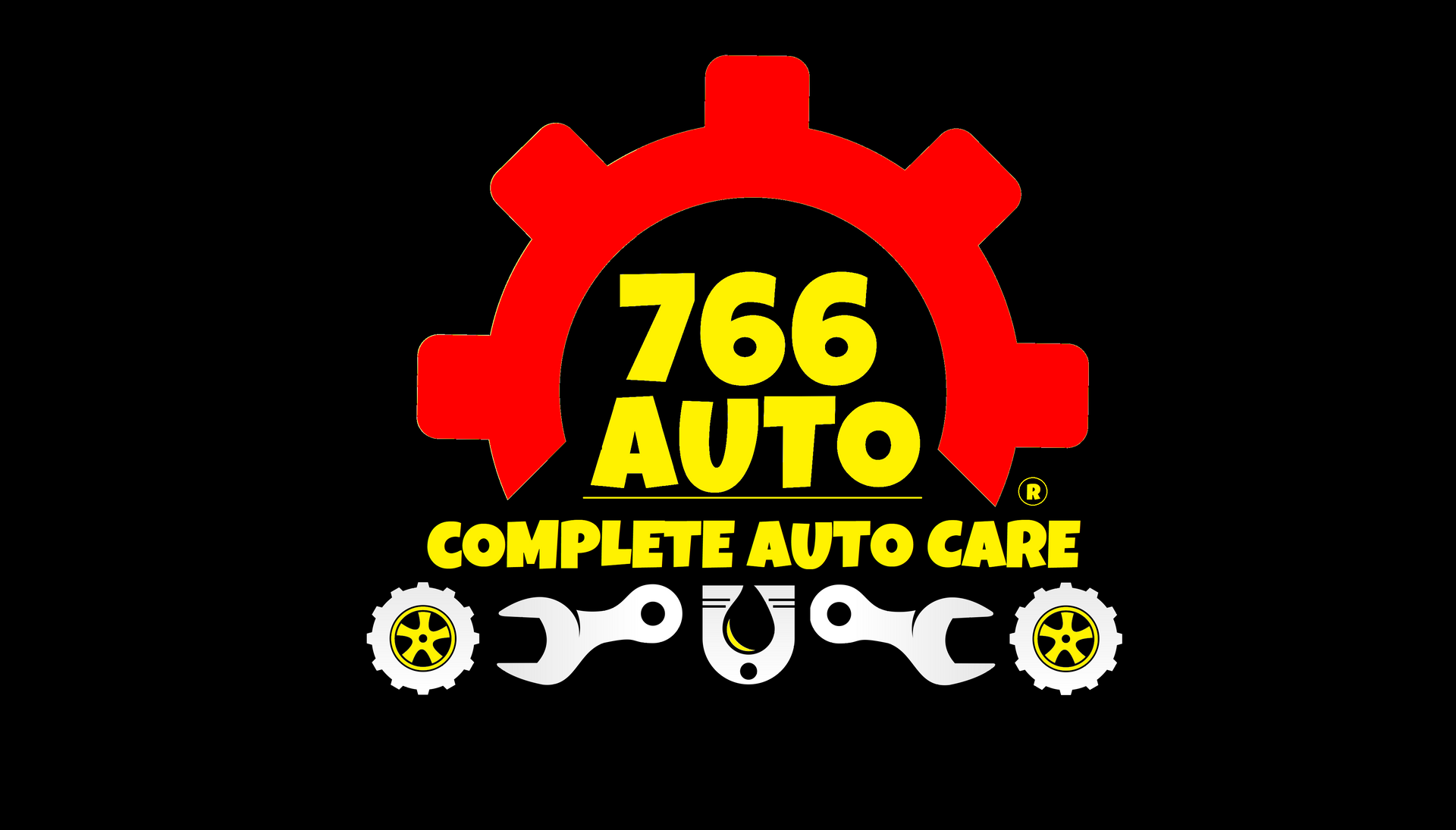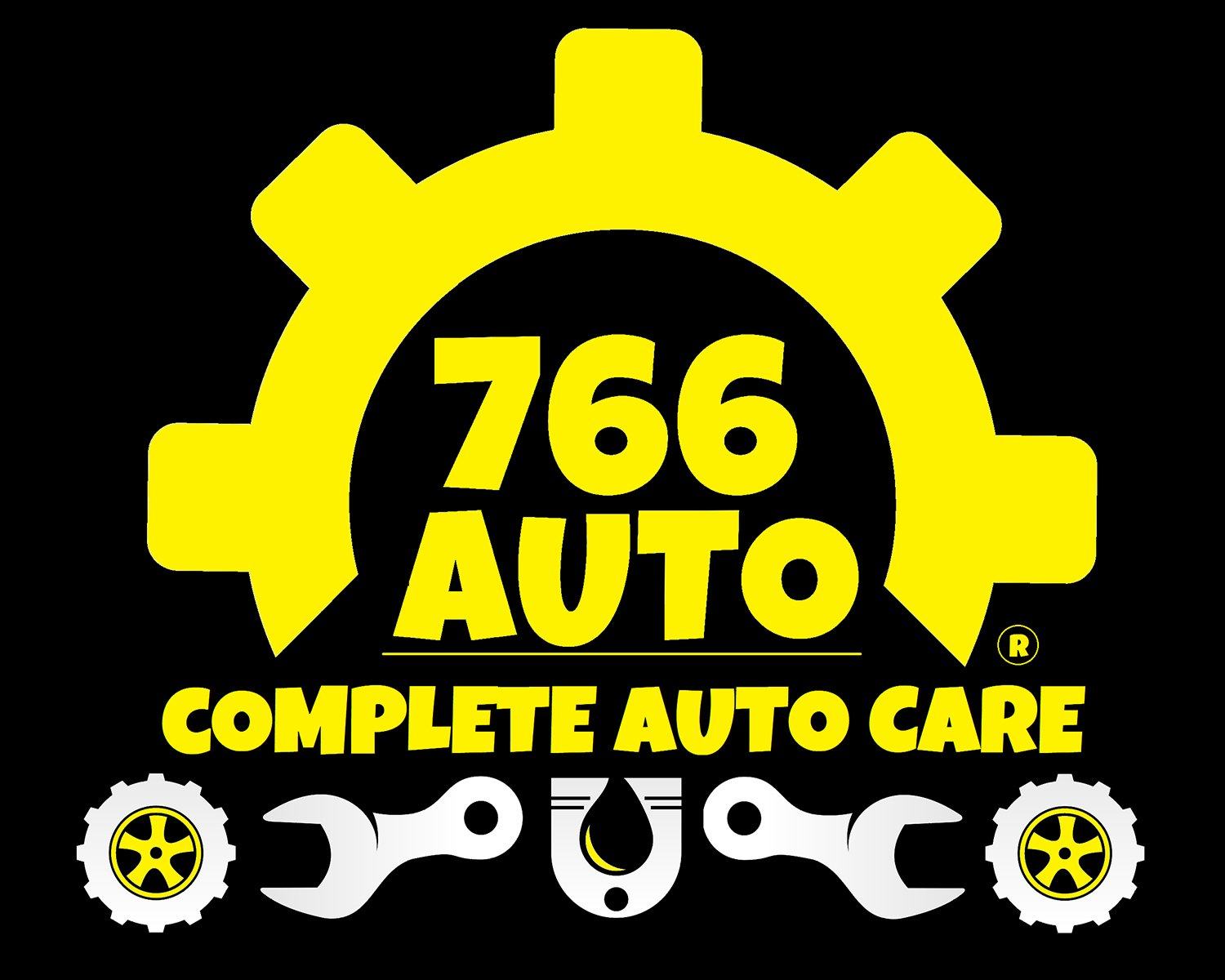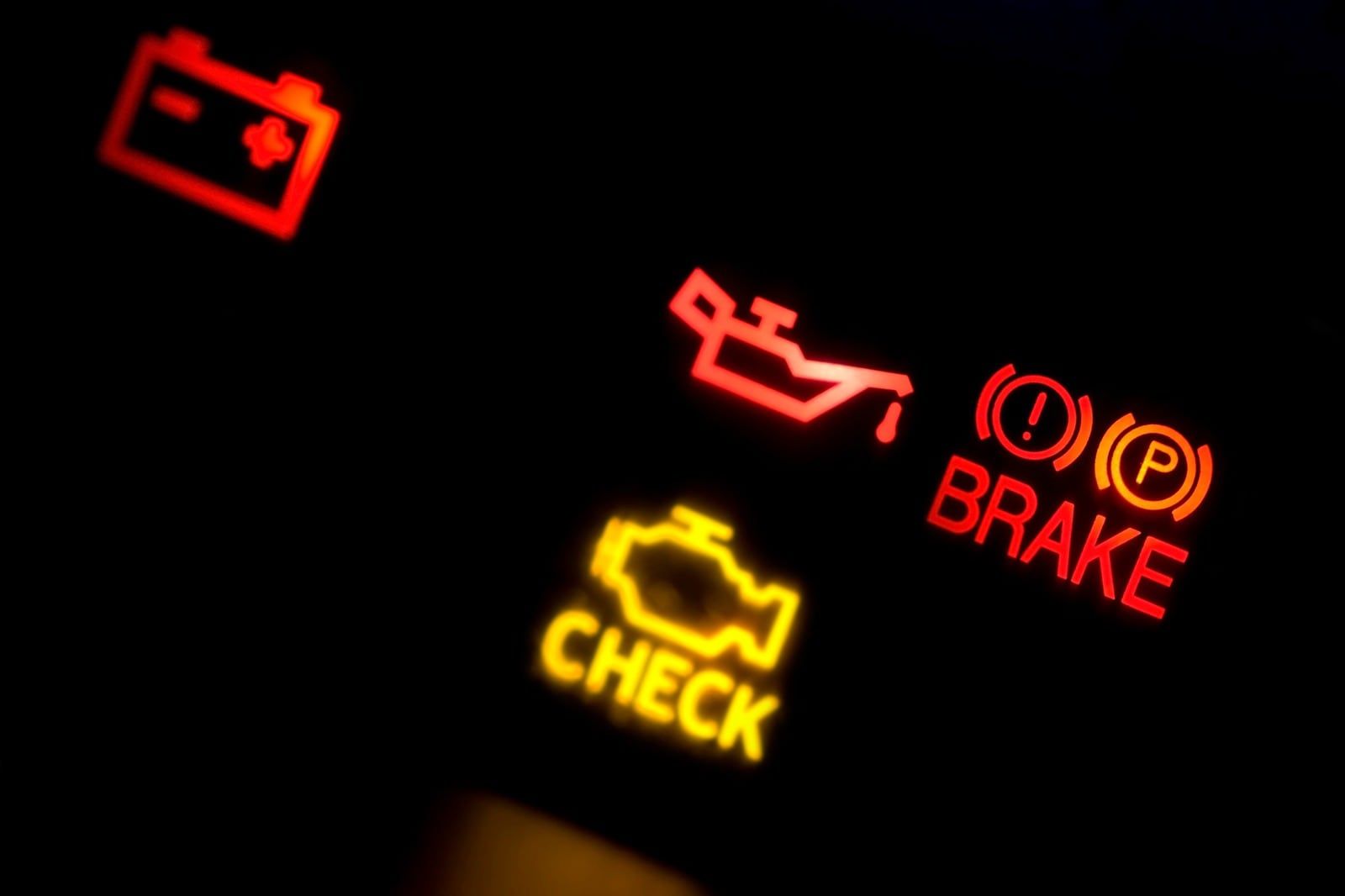Buying a new car vs investing in your current vehicle in todays economy
Why Investing in Your Current Vehicle is Smarter Than Buying New in Today’s Economy

We live in a time where everything feels more expensive — groceries, housing, insurance, and yes, vehicles. The glossy ads for brand-new trucks and SUVs make it tempting to trade in your old ride for something shiny and high-tech. But in today’s economy, buying a new vehicle is often one of the worst financial decisions you can make — especially when investing a fraction of that money into maintaining your current one can keep it running like new.
Let’s break down why sticking with what you have might just be the smartest financial move you’ll make this year.
1. The Real Cost of a “New” Ride
The average new vehicle payment in 2025 hovers around $900 per month — and that’s before taxes, insurance, or maintenance. Over a standard 6- to 8-year loan, that’s $65,000–$85,000 out of your pocket — for something that starts losing value the moment you drive it off the lot.
Most new cars lose 20–30% of their value in the first year, and by year five, they’re worth less than half of what you paid. That’s a steep price for that “new car smell.”
2. The Hidden Costs Nobody Talks About
When you buy a new vehicle, you’re not just committing to a monthly payment. You’re signing up for a cascade of hidden expenses that pile up faster than you realize.
- Higher Insurance Rates:
New vehicles cost more to repair or replace, which means your insurance premiums are going up — sometimes by hundreds per year. - Registration and Taxes:
The newer and more expensive your vehicle, the higher your registration fees and property taxes in many states. - Dealer Fees and Interest:
Add in documentation fees, delivery charges, and thousands in interest over the life of a loan, and suddenly that $50,000 car becomes a $65,000 car. - New Tech = New Headaches:
Advanced tech packages, sensors, and touchscreens sound nice — until they break. A cracked infotainment display or malfunctioning radar sensor can cost thousands to replace, often not covered under basic warranties.
3. The Myth of “Lower Maintenance Costs” on New Cars
Many people justify a new car by saying, “I’ll save on maintenance.” In reality, newer vehicles are more expensive to service, not less.
Modern cars are packed with complex electronics and proprietary parts. Even something as simple as a headlight replacement or oil change can cost 2–3 times what it used to, especially at dealerships. Compare that to the cost of replacing brakes, tires, and fluids on your current vehicle — far less painful and often DIY-friendly.
A well-maintained car with 100,000 miles can easily go another 100,000 with a few strategic upgrades. Spend $1,500–$2,500 a year on maintenance, and your car stays reliable — that’s a fraction of what one month of new-car payments would cost.
4. Depreciation vs. Appreciation: A Perspective Shift
Your car might not be an “investment” in the traditional sense — but if you already own it outright, it’s a liability that’s no longer costing you interest. Every month you don’t have a car payment is like giving yourself a raise.
Instead of paying $900 a month to watch a new car lose value, imagine reinvesting that money into:
- Paying down other debts
- Building an emergency fund
- Improving your home or career
- Even upgrading your current vehicle with new tires, suspension, or detailing to make it feel “new” again
Your car might not appreciate like a stock, but keeping it running well protects your financial health — and that’s worth far more than a fancy badge on the grille.
5. The Smart Play: Maintain and Upgrade
If your current vehicle is paid off and mechanically sound, you’re sitting on one of the best financial assets possible. With regular oil changes, timely repairs, and a bit of cosmetic care, most modern cars can easily surpass 200,000 miles.
Instead of chasing the newest model, invest in small upgrades:
- Replace worn suspension or tires for a smoother ride
- Refresh the paint or interior
- Upgrade your stereo or add a backup camera
- Get a professional detailing once a year
You’ll spend maybe $1,000–$2,000 total — and your car will feel nearly brand-new without the 8-year financial ball and chain.
Bottom Line: Don’t Fall for the Hype
In today’s economy, financial stability is worth more than a shiny new car. The smartest move isn’t chasing the latest model — it’s making the most of what you already have.
If you’ve kept your vehicle in decent shape, it deserves a little attention, not a replacement. With the right care, it’ll keep serving you faithfully — while your wallet thanks you every month you don’t have a $900 payment hanging over it.

